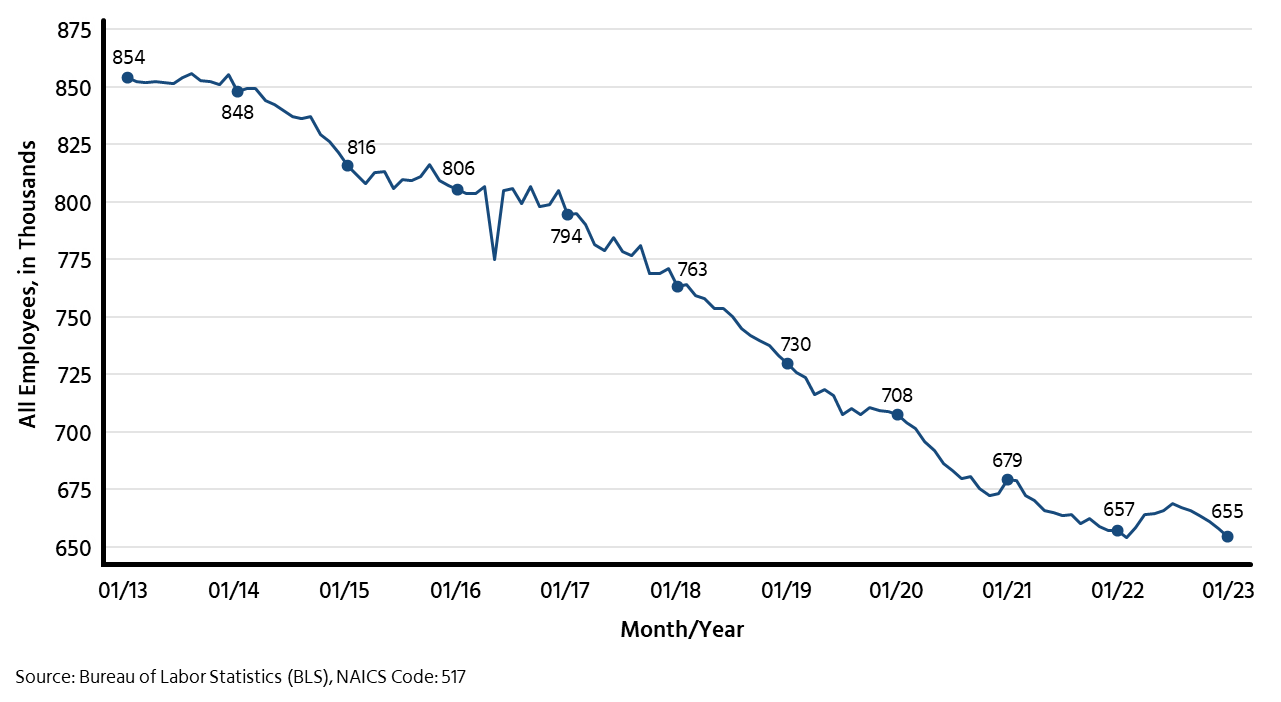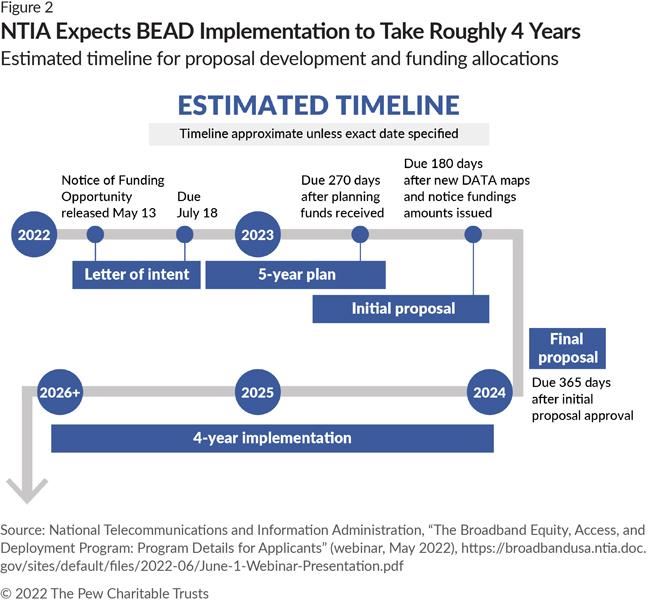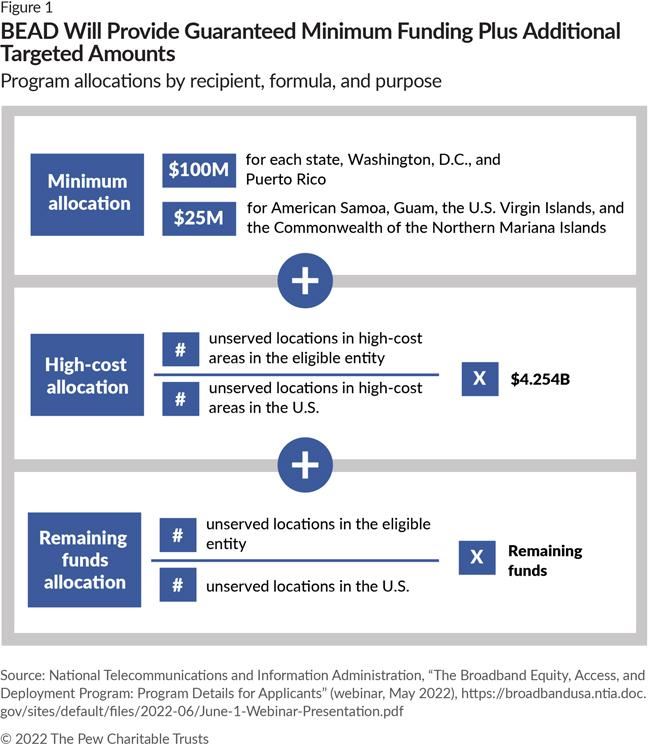
Amelia De Jesus
WWLF Past President Vice President
Workforce Solutions, WIA

As the bipartisan Infrastructure Investment and Jobs Act (IIJA) is set to unleash an unprecedented amount of federal funds to expand high-speed internet access as part of the Biden-Harris administration’s “Internet for All” initiative, all 50 states and U.S. territories have now received their initial planning funds as of Dec 23, 2023.
With the broadband-related portion of the IIJA made up of two major funding sources – $42.5 billion in the Broadband, Equity, Access and Deployment (BEAD) program and $2.5 billion in Digital Equity Act (DEA) programs – each state will receive $100 million in BEAD funding, plus an additional amount based on a formula that includes how many unserved and underserved households are in each state.
The National Telecommunications and Information Administration (NTIA) is allocating $42.45 billion to expand high-speed internet access by funding planning, infrastructure deployment, and adoption programs in all 50 states, Washington D.C., and US territories through the recently announced Broadband Equity, Access, and Deployment (BEAD) Program.
The impact of this infrastructure investment on the broadband ecosystem will be significant. While fiber is considered a primary focus of BEAD, a variety of technologies, including fixed wireless, will need to be deployed to provide high-speed internet access for all Americans. The increased demand for broadband will prompt the emergence of new providers in the market, new technologies, and new strategies to provide better access to the Internet. This will undoubtedly result in increased competition and more options for consumers, resulting in better service, lower prices, and more jobs.
The investment in infrastructure will only be successful if it includes a commensurate investment in human capital. This historic influx of federal funding and the resulting broadband infrastructure builds will create a nationwide demand for skilled labor exceeding our current workforce.
According to the Bureau of Labor Statistics, the telecommunications workforce has declined every year over the past decade, down 23% from 854,200 in January 2013 to an estimated 656,700 workers in January 2023. While the US Government Accountability Office (GAO) finds there are mixed indicators of an industry-wide labor shortage, the Bureau of Labor Statistics (BLS) finds average turnover to be 56.9% for construction and 54.9% for utilities.
Number of US Telecommunications Employees 2013 - 2023

To meet the demand for broadband buildout spurred by the BEAD Program, a record number of laborers, technicians, engineers, and managers will be needed, and having an available, skilled, and diverse workforce will be essential to the Program’s success. States will need a comprehensive approach with a workforce development strategy that invests in skills, training, and recruiting.
The good news is that BEAD offers states an unprecedented opportunity to invest in broadband and 5G career pathways as workforce development is an eligible use of funding. States will have a unique opportunity to invest in education and training for new workers as well as re-skilling and upskilling for potential workers who are unemployed or underemployed.
Fortunately for the broadband industry, over the last decade, The Wireless Infrastructure Association (WIA) has been focused on creating and scaling workforce development solutions. WIA created the Telecommunications Education Center (TEC) – a leader in training and curricula for the broadband workforce, offering over 40 courses tailored to the industry's training, education, and professional development needs. The association also pioneered the Telecommunications Industry Registered Apprenticeship Program (TIRAP), which boasts 93 employers, 15 approved occupations, and more than 4000 apprentices. They also lead the state of Ohio’s Broadband and 5G Sector Partnership, where, as an intermediary, they convene government, academia, and industry to provide insights while planning and executing broadband-related education and training programs statewide.
Generally, this important BEAD funding program is designed to ensure equitable access to reliable, high-speed internet for all Americans. We, as an industry, need to attract, retain, and/or transition the skilled workforce. We should raise career awareness to attract covered populations or the underprivileged to join the workforce and focus on industry-validated and credentialed training and education. The program's impact on the broadband industry is substantial, and its importance should not be overlooked. By providing support for broadband infrastructure, services, and public computer centers, the BEAD program helps to create broadband jobs and careers, will lead to equity, and stimulate economic growth in communities nationwide.
BEAD Reference:
WHAT THEY ARE SAYING: Bipartisan Leaders Applaud Biden-Harris Administration’s Announcement of Over 40B for High-Speed Internet to Kick off Investing in America Tour https://www.whitehouse.gov/briefing-room/statements-releases/2023/06/28/what-they-are-saying-bipartisan-leaders-applaud-biden-harris-administrations-announcement-of-over-40b-for-high-speed-internet-to-kick-off-investing-in-america-tour/

